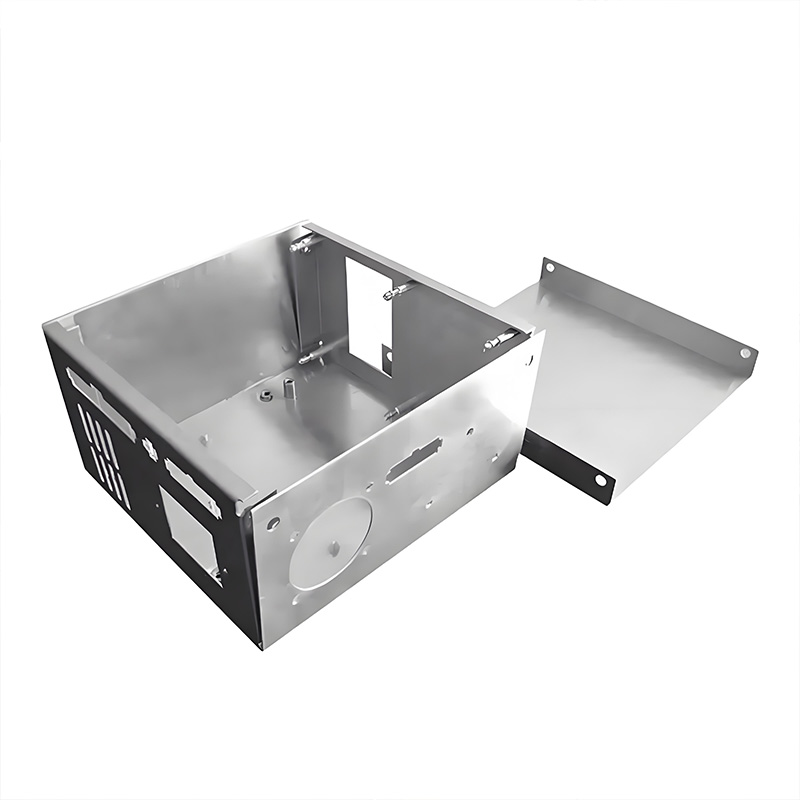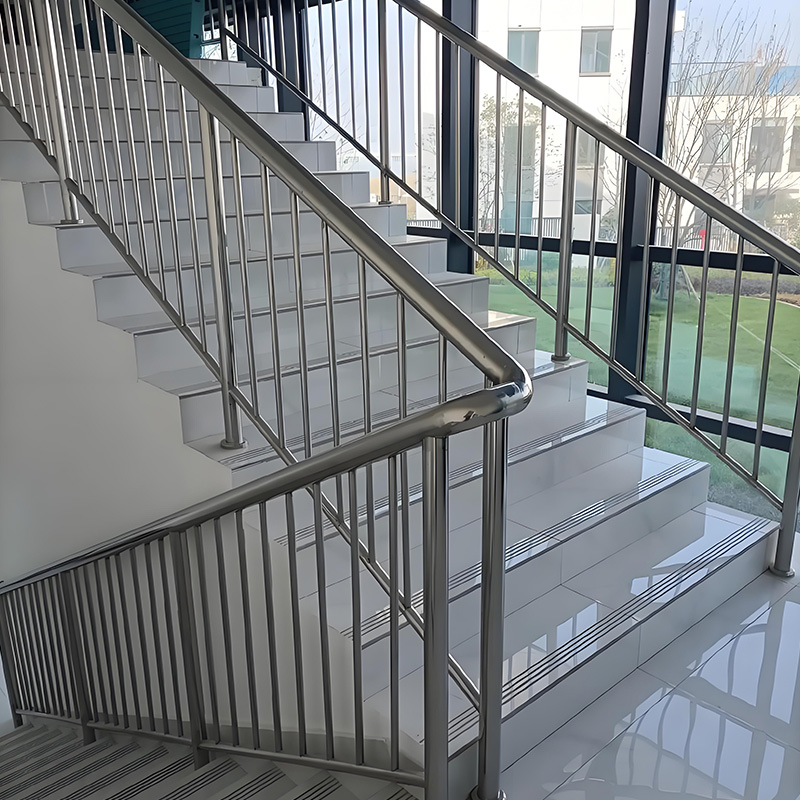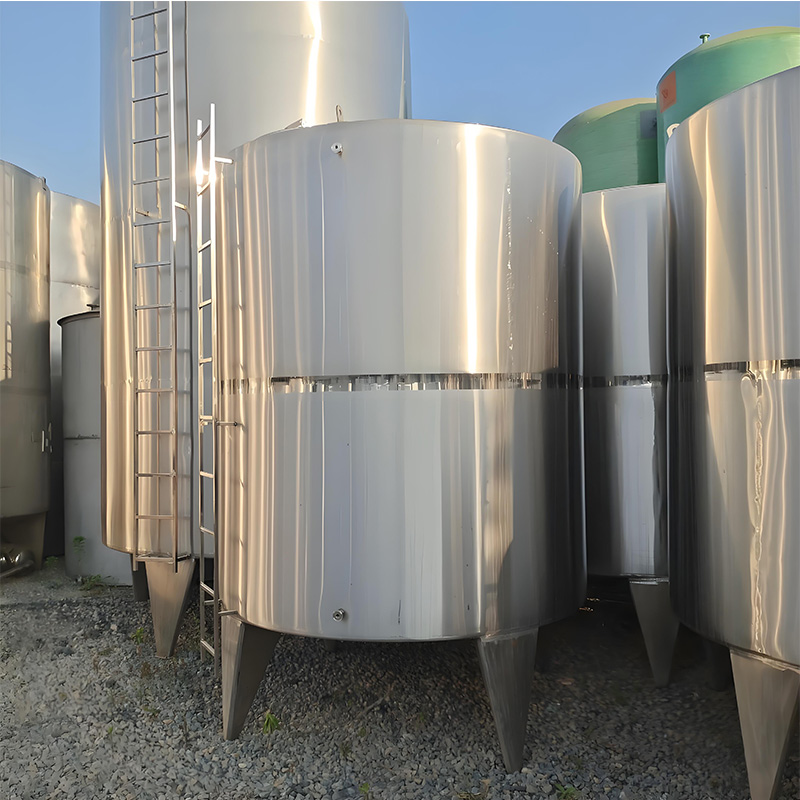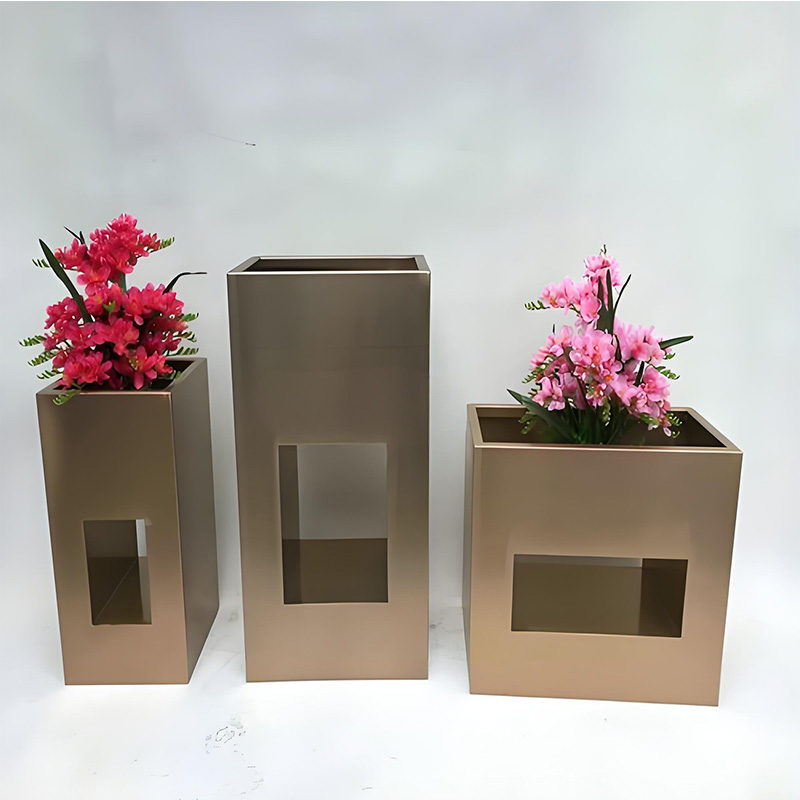Sheet Metal Enclosure: 6 Must-Know Secrets for Durable Builds!
Sheet Metal Enclosure: 6 Must-Know Secrets for Durable Builds!
Expert Strategies to Avoid Costly Mistakes and Build Long-Lasting Protective Housings
Getting your sheet metal enclosure design right can make or break your project. These protective housings shield sensitive electronics, machinery, and components from environmental hazards. But what separates a flimsy box from a robust, long-lasting solution? Discover six industry secrets that professionals use to create enclosures that stand the test of time.
The Hidden Challenges of Sheet Metal Enclosures
Designing a durable sheet metal enclosure isn’t as simple as bending some metal. Engineers face multiple challenges: corrosion from environmental exposure, electromagnetic interference (EMI) issues, thermal management problems, and vibration-induced failures. Many first-time designers underestimate these factors, leading to premature failure.
“Over 40% of enclosure failures occur within the first two years due to improper material selection and inadequate corrosion protection.”
– National Association of Corrosion Engineers (NACE) Report, 2024
Interestingly, the most common failure points aren’t the panels themselves but where different components meet – seams, joints, and fastener locations. These vulnerable areas require special attention during design and manufacturing.
6 Secrets to Unbeatable Enclosure Durability
1. Material Matters More Than You Think
Not all metals are created equal. Aluminum offers excellent corrosion resistance but lacks strength. Steel provides superior durability but requires protective coatings. Stainless steel solves both problems but costs significantly more. For most applications, powder-coated steel hits the sweet spot between cost and protection.
In our 2025 manufacturing project, we discovered that aluminum enclosures in coastal environments corroded 68% faster than powder-coated steel alternatives. The salt air penetrated microscopic pores in the aluminum’s natural oxide layer.
2. The Corner Conundrum
Corners are the Achilles’ heel of any sheet metal enclosure. Why? Stress concentrates at bends, and multiple seams meet at these points. The solution: reinforce corners with gussets or design continuous bends rather than multi-piece assemblies. For waterproof applications, use continuous welds instead of mechanical fasteners at corners.
3. Ventilation vs. Protection Balance
Here’s the dilemma: components need airflow to prevent overheating, but openings invite dust and moisture. The secret? Use louvered vents positioned strategically to exploit natural convection while preventing direct water ingress. For example, downward-facing louvers on side panels allow heat escape while blocking rain.
4. Gasketing: Your Invisible Defender
A high-quality gasket might seem insignificant, but it’s your first line of defense against environmental contaminants. Silicone foam gaskets provide excellent compression set resistance and maintain seals for years. During installation, apply moderate torque to fasteners – too tight compresses the gasket permanently, too loose creates gaps.
5. Finish First, Function Later
A proper finish does more than look good – it prevents corrosion. Powder coating provides a durable, uniform finish with excellent chemical resistance. For extreme environments, consider zinc-nickel electroplating which offers superior corrosion protection at a reasonable cost.
6. Future-Proof Your Access Points
Design doors and panels with maintenance in mind. Include features like captive screws that prevent loss during servicing. Ensure adequate clearance around internal components – cramped spaces lead to accidental damage during maintenance. Consider adding extra knockouts for future wiring needs.
Material Comparison: Finding Your Perfect Match
| Material | Cost | Corrosion Resistance | Strength | Best Applications |
|---|---|---|---|---|
| Cold Rolled Steel | $$ | Medium (requires coating) | Excellent | Industrial machinery, indoor equipment |
| Stainless Steel (304) | $$$$ | Excellent | Very Good | Food processing, medical, marine |
| Aluminum (5052) | $$$ | Very Good | Good | Electronics, outdoor enclosures |
| Galvanized Steel | $$ | Good | Excellent | Outdoor equipment, telecommunications |
According to a 2024 Fabricators & Manufacturers Association study, properly finished steel enclosures can last up to 15 years in industrial environments, outperforming aluminum in high-stress applications.
Step-by-Step: Building a Bulletproof Enclosure
Design with Manufacturability in Mind
Create CAD models with appropriate bend radii and tolerances. Remember: tight bends work-harden metal and cause cracking. Include relief cuts for complex bends. Design uniform flange widths to simplify assembly.
Material Selection & Preparation
Choose material based on environment and structural requirements. Clean surfaces thoroughly before forming – contaminants cause finish failures. For critical applications, specify mill-certified materials with guaranteed properties.
Precision Fabrication
Use CNC punching or laser cutting for dimensional accuracy. Employ press brakes with precision tooling for consistent bends. Deburr all edges thoroughly – sharp edges compromise safety and finishes.
Surface Treatment
Apply conversion coating (phosphating for steel, chromating for aluminum). This improves paint adhesion and corrosion resistance. For powder coating, maintain proper booth temperature and humidity control.
Assembly & Sealing
Use appropriate fasteners (stainless steel for corrosive environments). Apply sealants to all seams before joining. Install gaskets without stretching or twisting. Torque fasteners in a star pattern to ensure even pressure.
⚠️ Critical Mistakes to Avoid
Ignoring thermal expansion: Metals expand when heated. Allow expansion gaps or use sliding joints. In our 2025 solar project, rigidly mounted panels buckled during summer heat.
Underestimating EMI/RFI: Even non-electronic enclosures can shield sensitive equipment. Specify materials with appropriate conductivity properties.
Poor grounding: Always include designated grounding points with proper surface preparation for electrical continuity.
Inadequate drainage: Outdoor enclosures need weep holes at bottom corners to prevent water accumulation.
Enclosure Maintenance Checklist
- Quarterly: Inspect seals and gaskets for compression set or damage
- Bi-annually: Check fastener torque on doors and access panels
- Annually: Clean ventilation openings and inspect for corrosion
- After extreme events: Inspect for impact damage or water ingress
- Every 3 years: Touch up paint chips or scratches on coated surfaces
- Every 5 years: Perform dielectric testing on electrical enclosures
Frequently Asked Questions
What thickness should I use for my sheet metal enclosure?
Most industrial enclosures use 14-18 gauge steel (1.9-1.2mm). Thinner gauges (18-22) work for lightweight applications, while heavy-duty applications may require 12 gauge (2.7mm). Consider structural requirements, component weight, and environmental factors.
How do I prevent electromagnetic interference (EMI)?
Use continuous welds instead of fasteners at seams, install EMI gaskets around doors, and ensure all panels make solid metal-to-metal contact. For sensitive electronics, consider specialized conductive coatings on the interior.
Can I modify an existing sheet metal enclosure?
Yes, but with caution. Adding cutouts compromises structural integrity. Always reinforce modified areas. For electrical enclosures, modifications may void safety certifications. Consult the original manufacturer when possible.
What’s the best finish for outdoor enclosures?
Powder coating provides excellent durability for most applications. For coastal or chemical environments, consider fluoropolymer coatings (like PVDF) or marine-grade anodizing for aluminum. Zinc-rich primers offer superior corrosion protection beneath topcoats.
Ready to Build Your Perfect Enclosure?
Discover precision-engineered solutions designed for durability and performance










